Make to Innovate Projects
The following is the list of active M:2:I Projects for the 2023-2024 academic year. All active projects also have a website that you can find both in the table and the drop-down menu above.
| Project Logo | Project Name | Project Type | Mission Statement |
|---|---|---|---|
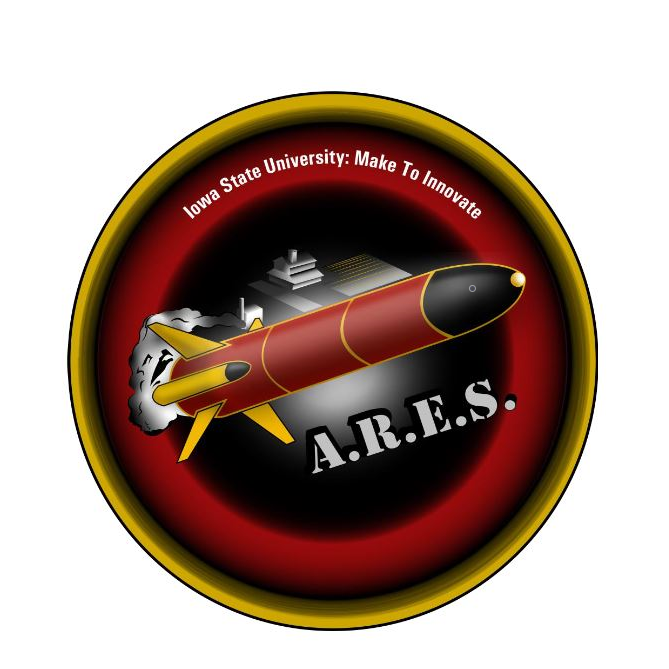 | ARES | Service | Affordable Rocketry Engineering Services (ARES) aims to provide a launch vehicle and payload service to serve customers to develop affordable and sustainable commercial rocketry solutions. |
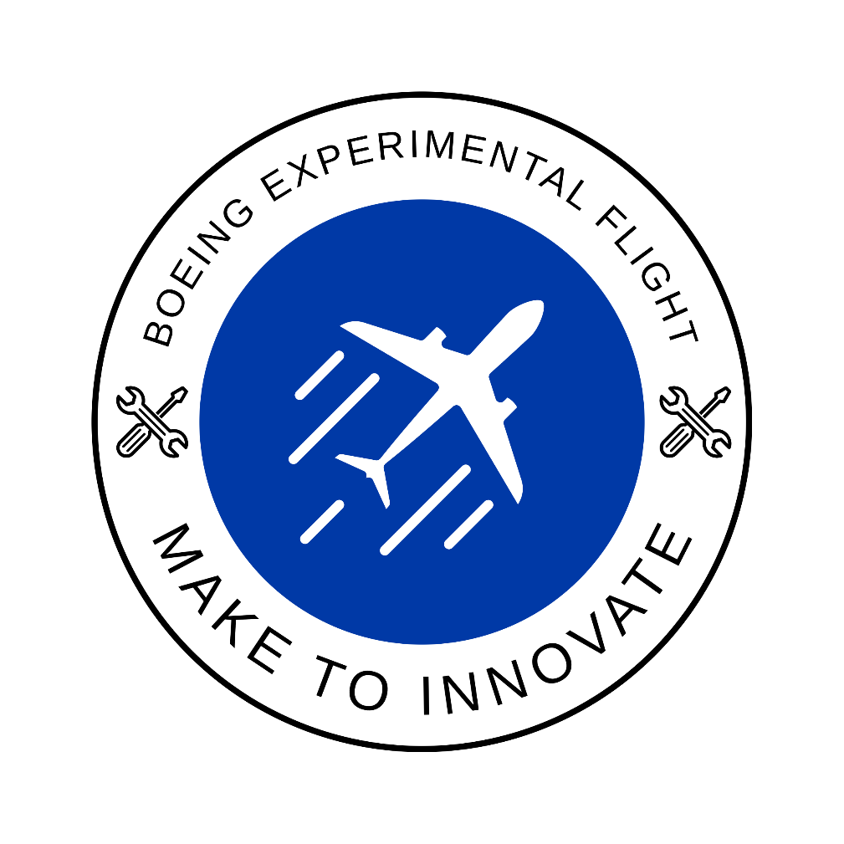 | Boeing Experimental Flight | Industry | Boeing Experimental Flight aims to determine, through research and testing, the viability of a fully electronic aircraft. |
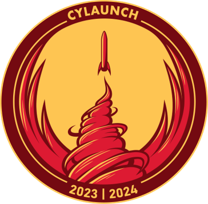 | CyLaunch | Competition | The purpose of CyLaunch is to complete a mission to one mile in altitude carrying a payload and recover the rocket safely. This must be done before April 13th, with milestone checks along the way. Students are to complete all the work on the project. |
 | CySat | Service | CySat aims to create a 3u CubeSat to conduct a technology demonstration mission in low earth orbit (LEO). It teaches students concepts relating to systems engineering and testing, which are valuable in the space industry and any engineering profession later on. CySat works in conjunction with NASA, NanoRacks, and various commercial and federal entities to make this possible for undergraduate students. |
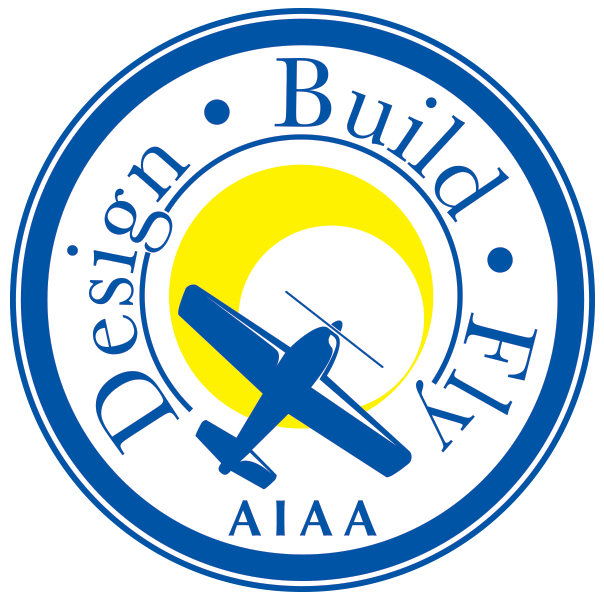 | AIAA DBF | Competition | Student teams will design, fabricate, and demonstrate the flight capabilities of an unmanned, electric-powered, radio-controlled aircraft that can best meet the specified mission profile. The goal is to create a balanced design possessing good demonstrated flight handling qualities and practical and affordable manufacturing requirements while providing a high vehicle performance. |
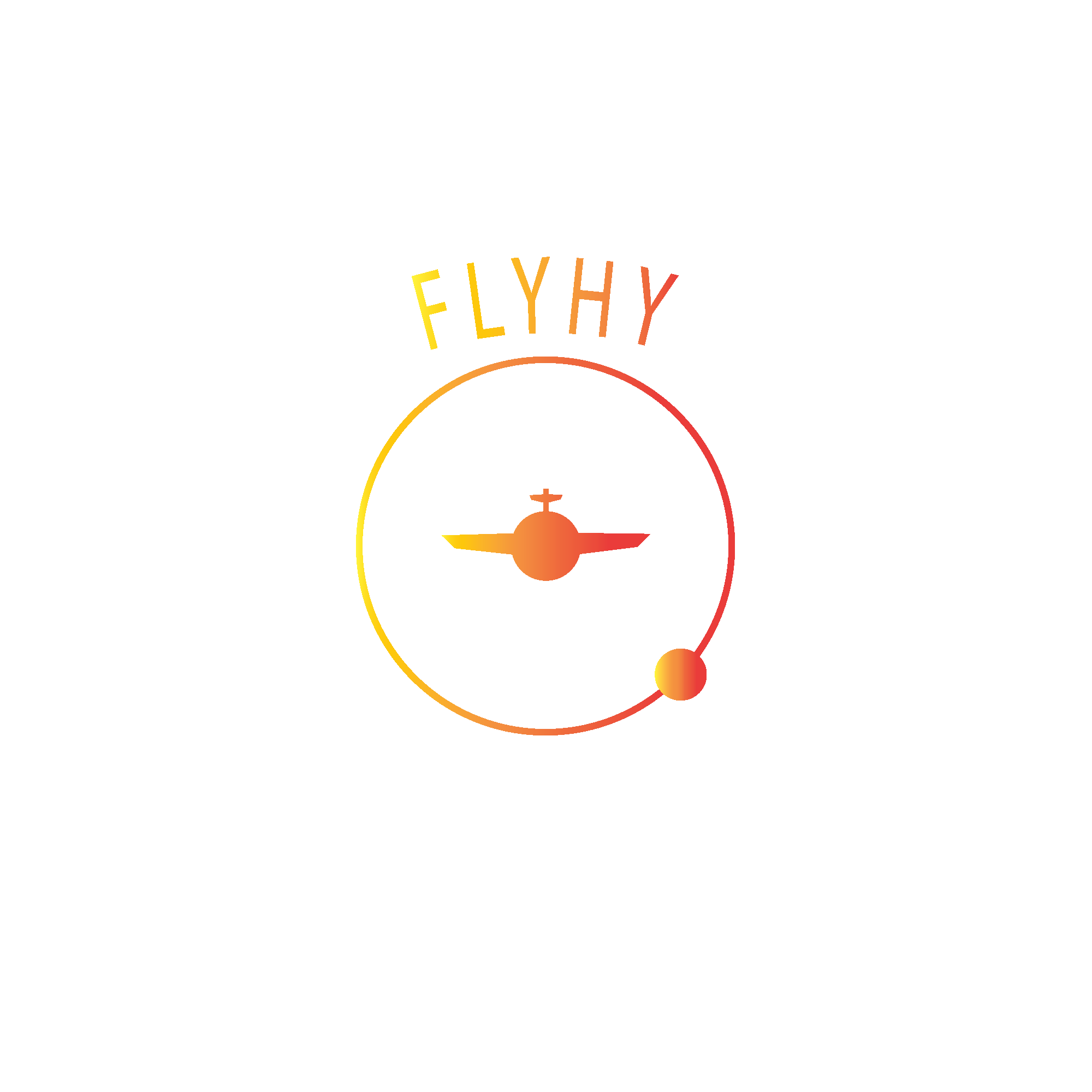 | FlyHy | Research | The purpose of FlyHy is to determine the feasibility of hydrogen fuel cell technology in aerospace applications. |
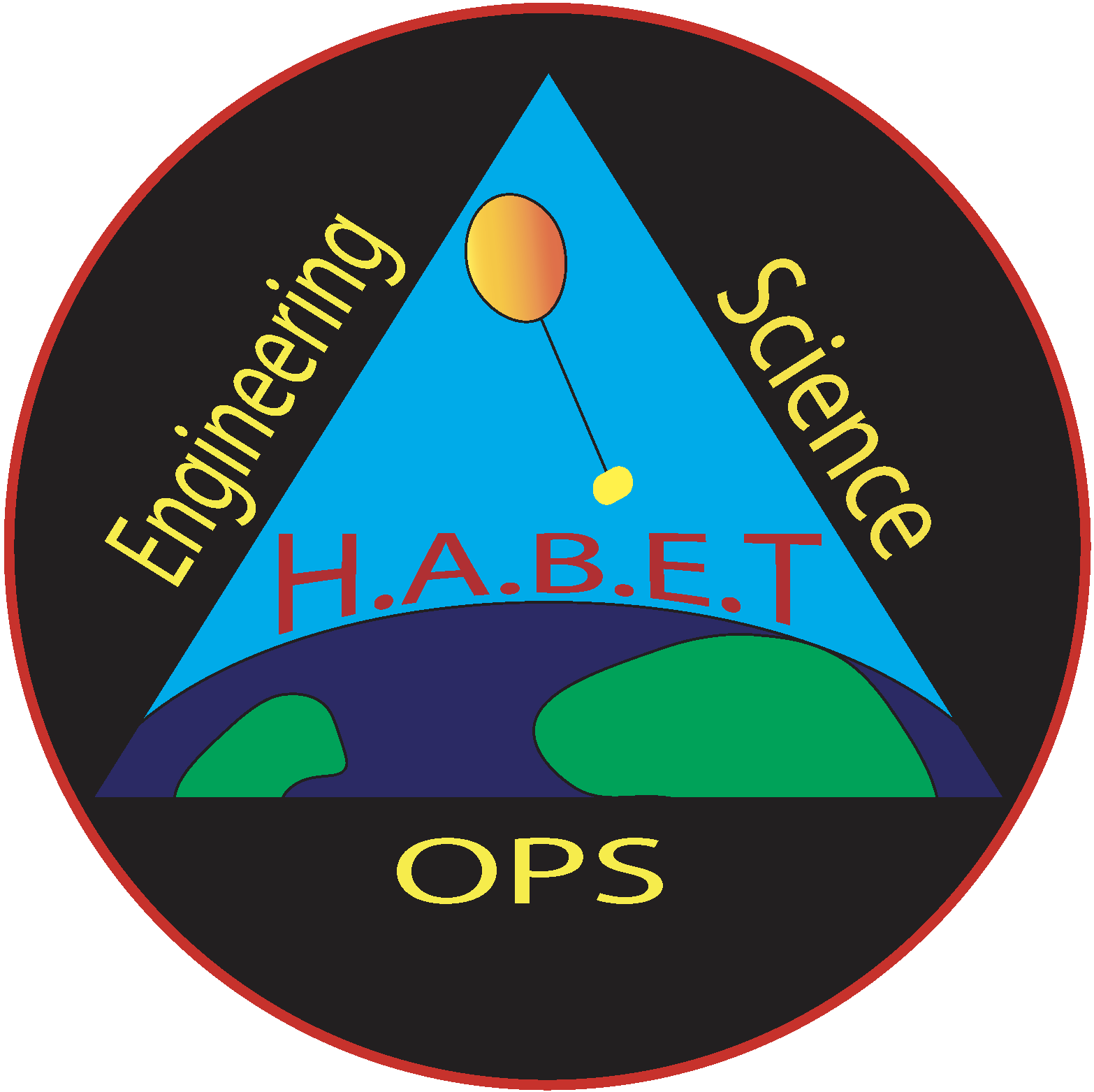 | HABET | Service | To advance high-altitude technology through focused research and development. |
 | MAVRIC | Competition | MAVRIC is a competition team designing a rover for the University Rover Challenge (URC). Each semester, we strive to improve our rover’s competition performance with creative and reliable designs. |
 | Space Co. | Research | MAVRIC is a competition team designing a rover for the University Rover Challenge (URC). We strive to improve our rover’s competition performance each semester with creative and reliable designs. |
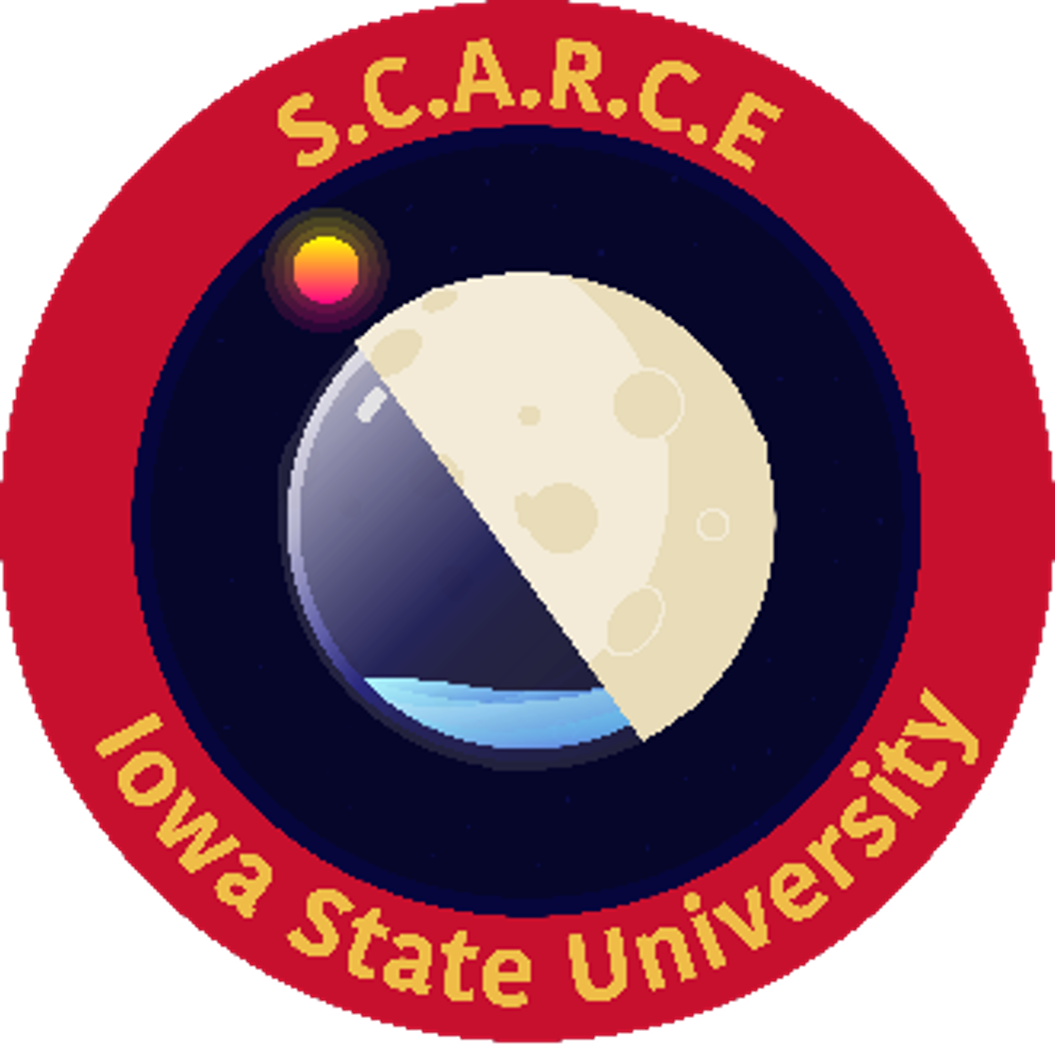 | RASC-AL | Competition | Research, design, and present innovative solutions to real space-oriented problems with NASA’s RASC-AL competition! Work through NASA’s actual design process in the design of a Large-Scale Lunar Rover capable of prospecting in complete darkness. |
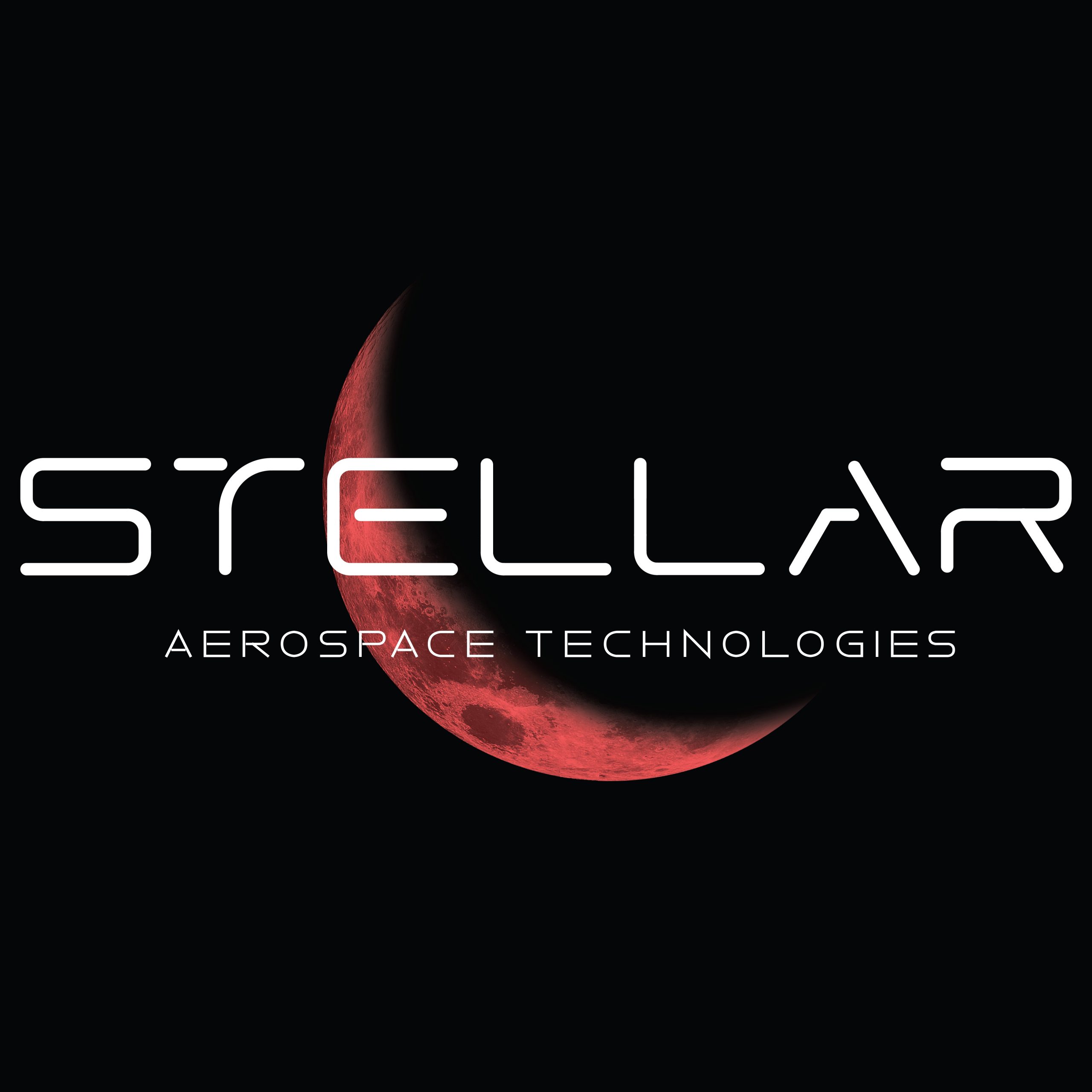 | STELLAR | Research | To detail the research, development, and design of the first liquid rocket engine at Iowa State University. This liquid rocket engine will be called Typhoon. |
Archived Projects
The following are projects that are no longer active in Make to Innovate. They have been archived here.
